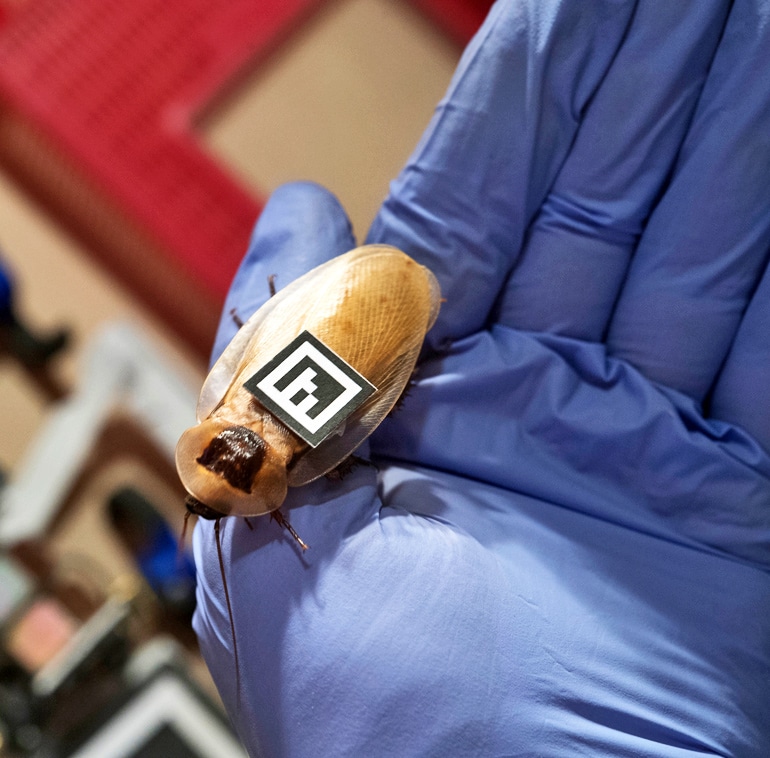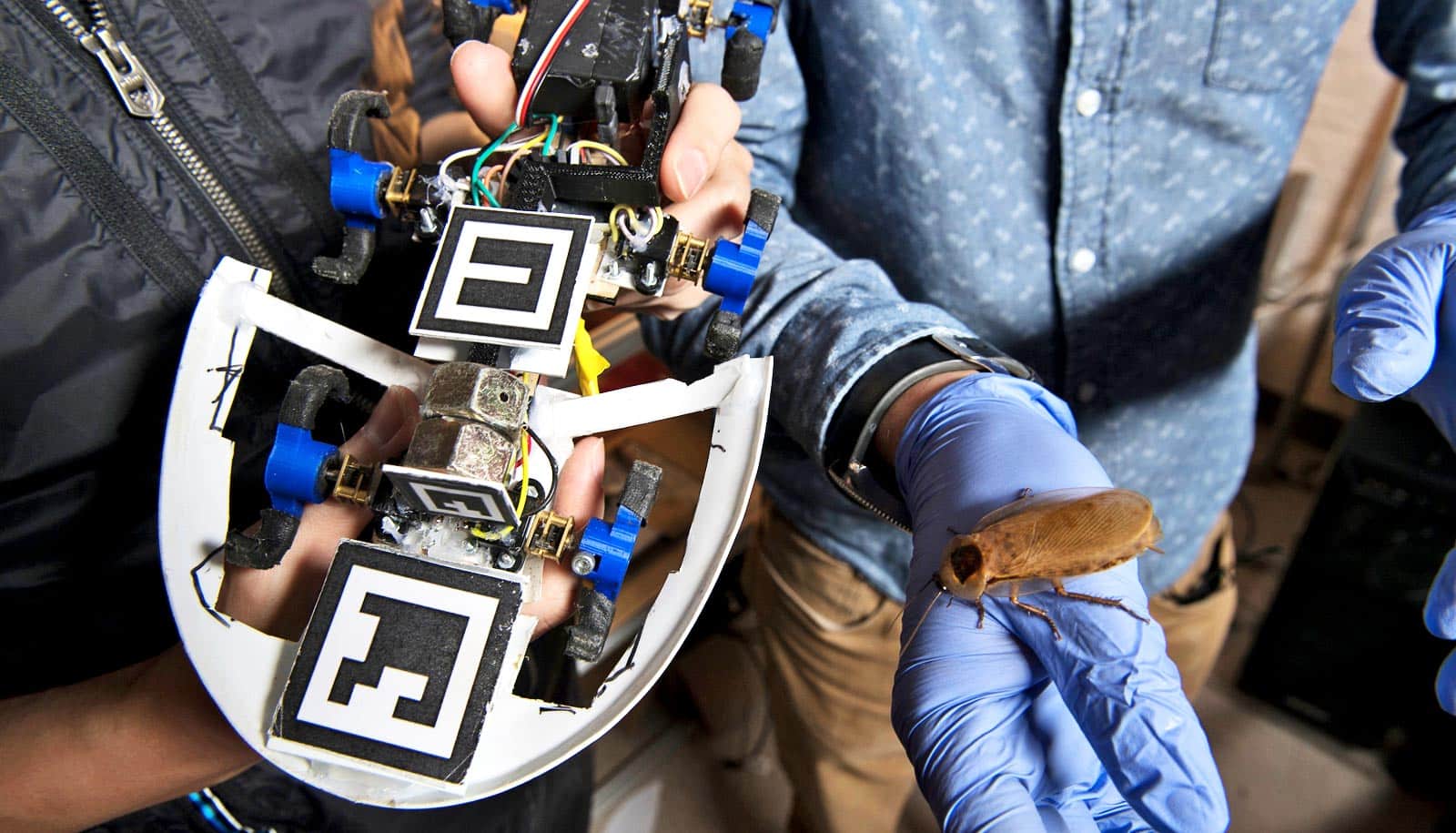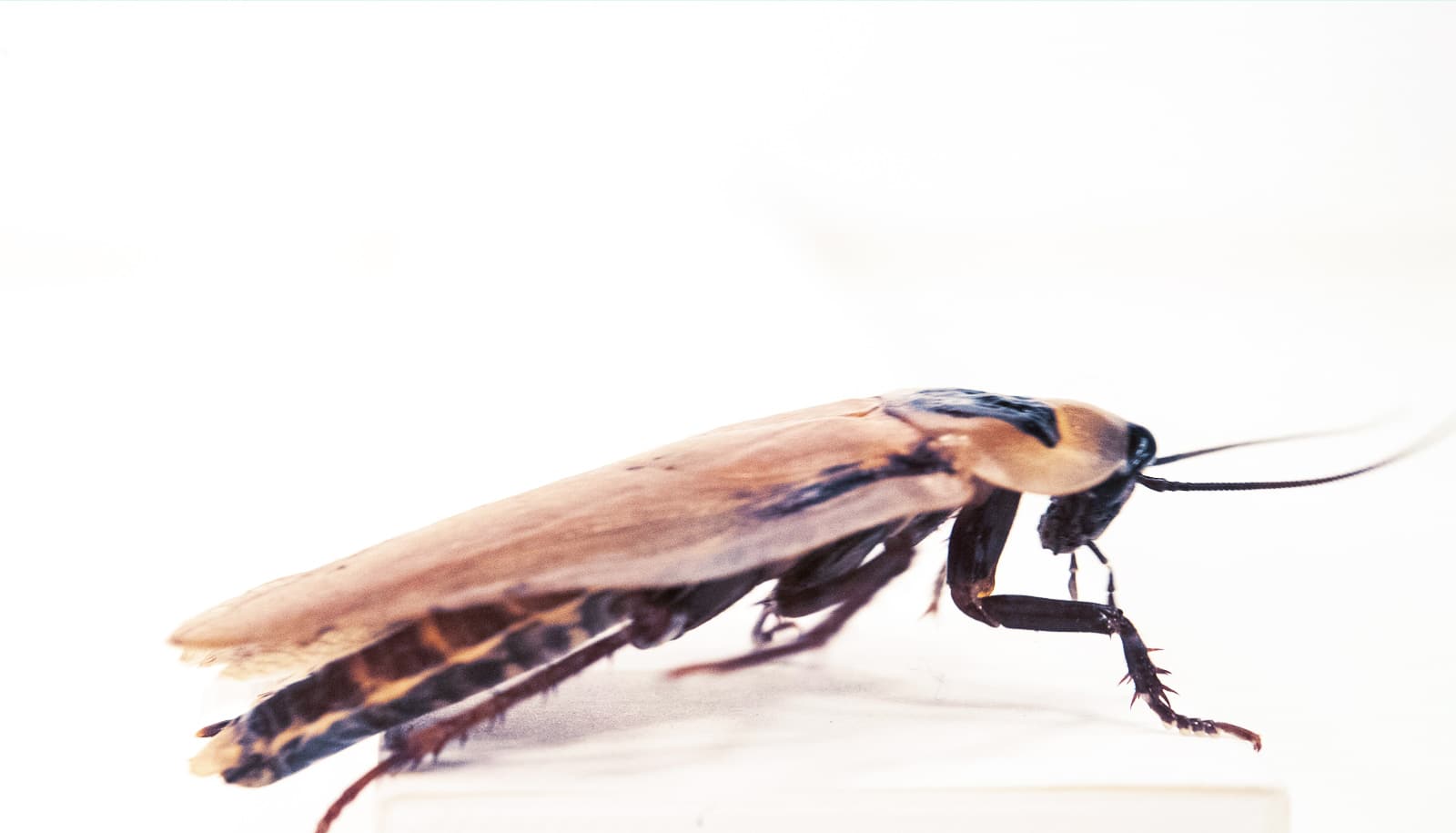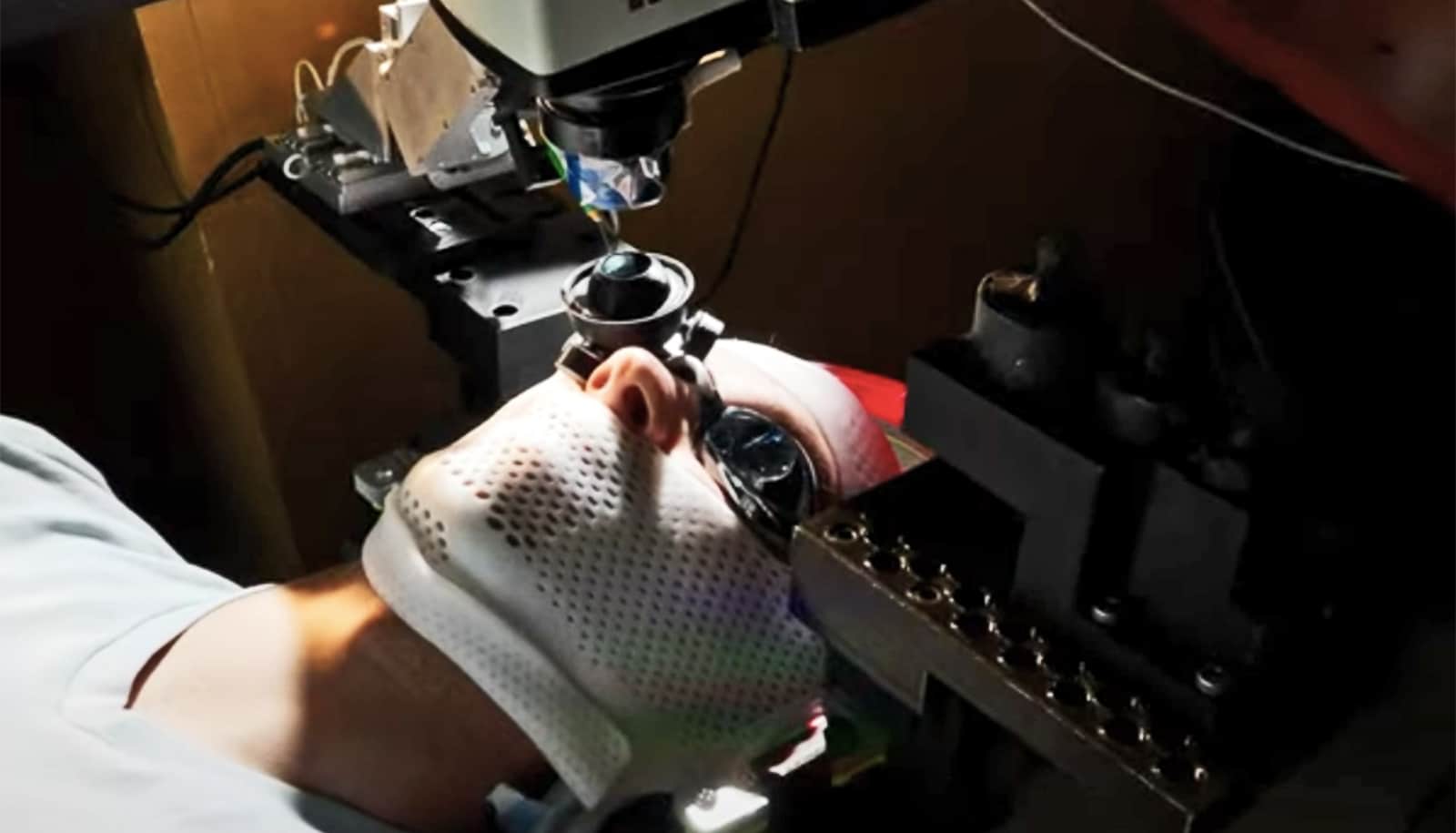Engineers are building robots that move more like cockroaches.
By studying the pests as they clamber across chasms and over obstacles, roboticists hope to learn some of their locomotion secrets that they can then apply to new robot prototypes.
“Where they live, you have all sorts of stuff around you, like dense vegetation or fallen leaves or branches or roots,” says Chen Li, assistant professor of mechanical engineering at Johns Hopkins University.
“Wherever they go, they run into these obstacles. We’re trying to understand the principles of how they go through such a complex terrain, and we hope to then transfer those principles to advanced robots.”
Picture the aftermath of an earthquake or the cluttered, unexplored surface of another planet. Where humans might hesitate, cockroaches—or their robotic imitators—may well be able to explore.

Bumps and gaps
In Li’s lab, cockroaches scurry along tracks blocked by two types of obstacles: large “bumps” and equally large “gaps.” These mimic the holes and barriers that roaches encounter in their rugged natural habitat. The bugs contort their heads, torsos, and legs until they find a way to get themselves over or across the obstacles in order to remain on course.
High-speed cameras capture the body and leg motions used by these roaches, a Central American species with bodies about 2 inches long. The videos can later be slowed down to help researchers spot travel tactics that small robots could use to clear the same types of obstacles.

“We are just beginning to understand how these critters move…”
Li’s team built a multi-legged robot to replicate the insect’s running patterns. After carefully reviewing their videos to discover the underlying physics principles, the researchers added a “tail” to help the robot replicate body positions that helped the real roaches. This simple change increased the largest gap size that the robot could traverse by 50 percent and the largest bump size it could conquer by 75 percent.
“We are just beginning to understand how these critters move through a cluttered 3D terrain where you have obstacles that are larger than or comparable to the animal or robot’s size,” Li says.
Folding ‘exoskeleton’ could get cell-sized robots moving
The next step will be to determine whether the findings will also apply to movement through more randomly scattered terrain such as rubble from a demolished building.
“I knew I would be working with these animals, and I was a little scared at first because they just run so fast, and they were so creepy.”
Li has been working with cockroaches since 2012, when he became a University of California, Berkeley, postdoctoral fellow studying animal locomotion.
“I knew I would be working with these animals, and I was a little scared at first because they just run so fast, and they were so creepy,” Li says.
“But as soon as I started working in the lab, I learned that it’s actually very easy to work with them, and they’re actually a very nice, fantastic model organism. Not just because they’re so robust and move so fast, but also because they’re very easy to handle and motivated to run, and very easy to care for.”
Sean W. Gart, a postdoctoral fellow in Li’s lab, is lead author of two articles (paper 1, paper 2) on the research in Bioinspiration & Biomimetics. The Burroughs Wellcome Fund, the US Army Research Office, and Johns Hopkins funded the work.
Source: Johns Hopkins University



